No-touch sensor ICs that measure magnetic fields in the X, Y, and Z planes have been optimized for use in vehicular applications.
Tyler Hendrigan, Fabian Winkler • Allegro MicroSystems
Advanced driver-assistance systems (ADAS) have existed for well over 20 years. Many of their individual components have already become afterthoughts for drivers and are now considered a normal part of the driving experience; anti-lock braking, traction control, and tire pressure sensors are all in this category. Newer examples include parking assist, blind spot monitoring, adaptive cruise control, backup cameras, and so forth. Three-dimensional magnetic sensing is particularly useful for many of the more safety-critical systems such as those for braking, sensing pedal position, throttle, gear shift position, and more.
Over the last 70 years, magnetic Hall-effect sensor technology has adapted to suit the needs of various applications. While the simplest sensors typically use a planar Hall element to measure a magnetic field orthogonal to the sensing element, 2D angle sensors use vertical Hall elements to detect a magnetic field parallel to the PCB. Three-dimensional magnetic products combine both vertical and planar technologies to sense a magnetic field in all three dimensions.
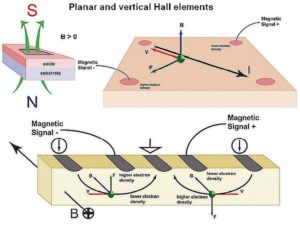
The advances in IC design that make 3D Hall sensors possible allow the creation of vertical Hall elements sensitive to magnetic fields parallel to the plane of the IC. They function under the same principles as planar Hall elements, which are sensitive only to magnetic fields perpendicular to the plane of the IC. Planar Hall elements are constructed across the length and width of the die (in-plane). Vertical Hall elements are constructed from bottom to top along the depth of the chip. Thus 3D Hall sensors are a combination of vertical and planar Hall elements.
Newer 3D sensor technology operates over a -40 to 150°C range. Rotary sensing applications for 3D magnetic sensors include knobs, dials, joysticks, and any internal position components, such as throttle and pedal position. Consequently, 3D sensors are often found in driver comfort and entertainment systems. Linear applications can include pressure sensors and positional sensors for items such as automotive lever-based solutions, brake cylinders, etc.
Many systems that include magnetic sensors have tight space constraints. One of the advantages of 3D magnetic sensors is in the flexibility of placement. If there isn’t enough space
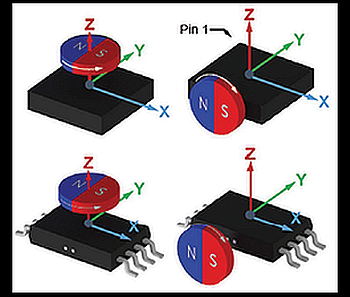
near the magnet, the sensor can be repositioned to sense movement farther away or from a different location. These options may help ease concerns about PCB design constraints. In some cases, 3D sensors can help reduce the total PCB size because designers can adjust the IC orientation as needed.
A notable improvement in new updated 3D sensors for linear applications is angle calculation. The ability to calculate angles helps allow for dynamic air-gap changes and makes possible longer ranges of motion for a given magnet length. Three-D magnetic sensing can handle larger air gaps than circular vertical Hall (CVH) technology.
It is now common for vehicle firmware to be updated via over-the-air (OTA) downloads. This kind of updating can also extend to sensors. For example, many newer Allegro MicroSystems sensors allow EEPROM programming directly through the microprocessor. Low-voltage programming through sensor outputs regardless of the interface (e.g., analog, SAE J2716 SENT, PWM, I2C), allows direct programming by a microcontroller in embedded designs and simplifying the interface for end-of-line system calibration.
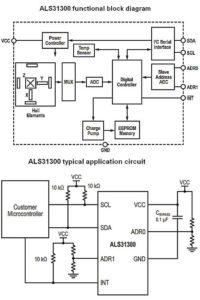
This low-voltage programming option also opens up new system architectures with remote field-replaceable sensor module designs that can be programmed by the electronic control unit (ECU). In the case of torque and angle sensors, this facility simplifies the servicing of electric power steering systems when sensors are recalibrated after the service is complete. In contrast, it takes approximately 15~16-V signals to program the EEPROM in several competing sensor technologies. These levels can damage other components in the system unless protection diodes are built in at added cost.
Advances in magnetic sensing technology now sometimes let a single part take the place of multiple previous-generation components. Besides reducing assembly costs, these advances tend to reduce stray fields and lower system wear. In automotive entertainment interfaces, for example, joysticks and dials/knobs may now employ a single contactless sensor.
Designers increasingly look for devices that are self-contained and able to monitor themselves for accuracy and battery use. Some higher-end devices work especially well in the automotive market because they can handle higher supply voltages and can be offered in both single-die and dual-die versions. This practice allows for redundancy in tasks that need ASIL B and ASIL D ratings. Following Safety Element out of Context (SEooC) functional safety guidelines, the A31315 sensor supports ASIL-B (single die) and ASIL-D (dual die) system-level integration in accordance with ISO 26262 and is automotive qualified to AEC-Q100 Grade 0.
The 3DMAG line of 3D magnetic sensors incorporate newly integrated features like CORDIC algorithms and linearization. CORDIC, coordinate rotation digital computer, is a hardware-efficient iterative method which uses rotations to calculate elementary trigonometric, hyperbolic, exponential, and other functions. CORDIC is commonly used when no hardware multiplier is available as it only requires additions, subtractions, bit-shifts and lookup tables. CORDIC is generally faster than other approaches when a hardware multiplier is not available or when it’s necessary to minimize the number of gates. Individual sensors increasingly perform calculations that are otherwise managed centrally, potentially enabling the use of lower-cost ECUs.



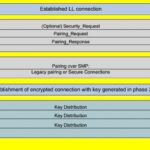
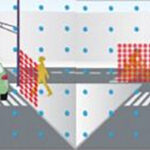

Leave a Reply